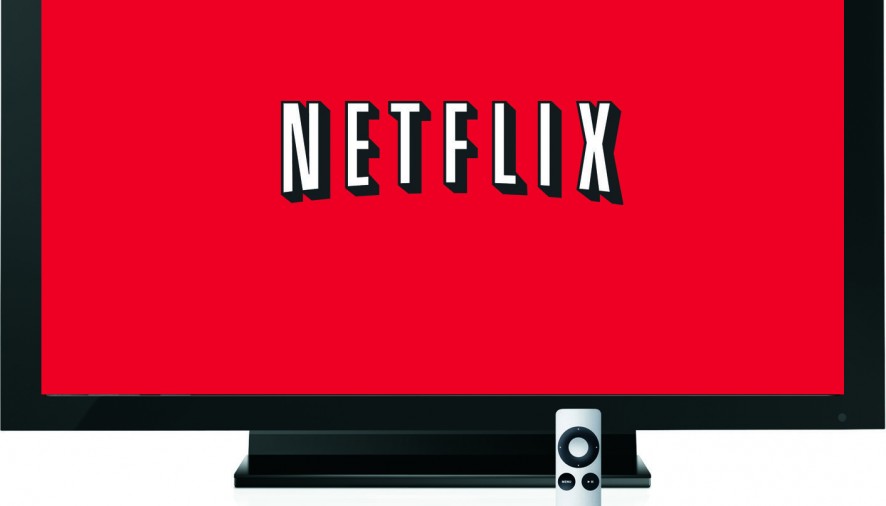A cup of tea, the sofa, and the television might, for many people, be considered the perfect trio. Regarded as respite after a lecture, a method of guilt-dominated escapism from revision, or perhaps a fitting cure for the hangover from hell; the comfort of the TV screen has been an inherent part of British society for the best part of fifty years. In the 1970s, television was associated with allure and modernity, despite many being reduced to viewing exclusively in black and white. For the younger generation, TV has the power to evoke nostalgic memories of rushing home from primary school to secure the daily fix of Art Attack and Newsround. But with the digital phenomenon of streaming mediums such as Netflix on a powerful rise, our beloved TV screens are becoming more endangered each day.
Having started out almost fifteen years ago as a medium predominantly intended to serve as a DVD subscription service, the success of Netflix is evident in the ten billion hours of streaming worldwide it receives each month. Its accessibility is undeniable: it doesn’t take much observation to spot a sleepy-eyed individual using the website to stream on the train on their way to work in the morning. Whilst live television is restricted to the hours during which it is broadcast, Netflix is omnipresent, looming incessantly over the popularity of the programmes we consider to be quintessentially British. For as little as £7.99 per month, it is possible to indulge in a marathon of a vast array of programmes without the stress of a TV licence.
With the controversy of the Great British Bake Off’s move to Channel 4 continuing to dominate the daily news, the culture surrounding television is arguably becoming regressive, as opposed to progressive. In terms of the culture surrounding Netflix within the younger generations, it has almost become a mode of bonding. The immediate success of series such as Stranger Things and OITNB might be entirely attributed towards the excitement of the community surrounding Netflix: social media facilitates this, as the omnipresence of advertisements recommend to us what we “should” be watching.
Keeping up with the fast pace of modern life is difficult, and Netflix is a prime example of a medium which is adapted to suit the needs of, quite frankly, a needy demographic. With the immediate choice of hundreds of exotic and exciting programmes, Netflix is undoubtedly equipped to deal with the urgency of modern life. Instead of flicking aimlessly through the TV guide, the choice is largely given to the viewer. Of course, mediums such as BBC iPlayer are in place to ensure that viewers are able to watch what they want, when they want. The influence of American programmes upon Netflix’s listings is strong, so where is the appeal in watching something that is innately familiar? Will the TV survive, or in ten years will we all be wandering around aimlessly with our heads in our tablets, streaming instead of actively participating in live television?
Eleanor Noyce
(Image courtesy of Daily Tekk)

